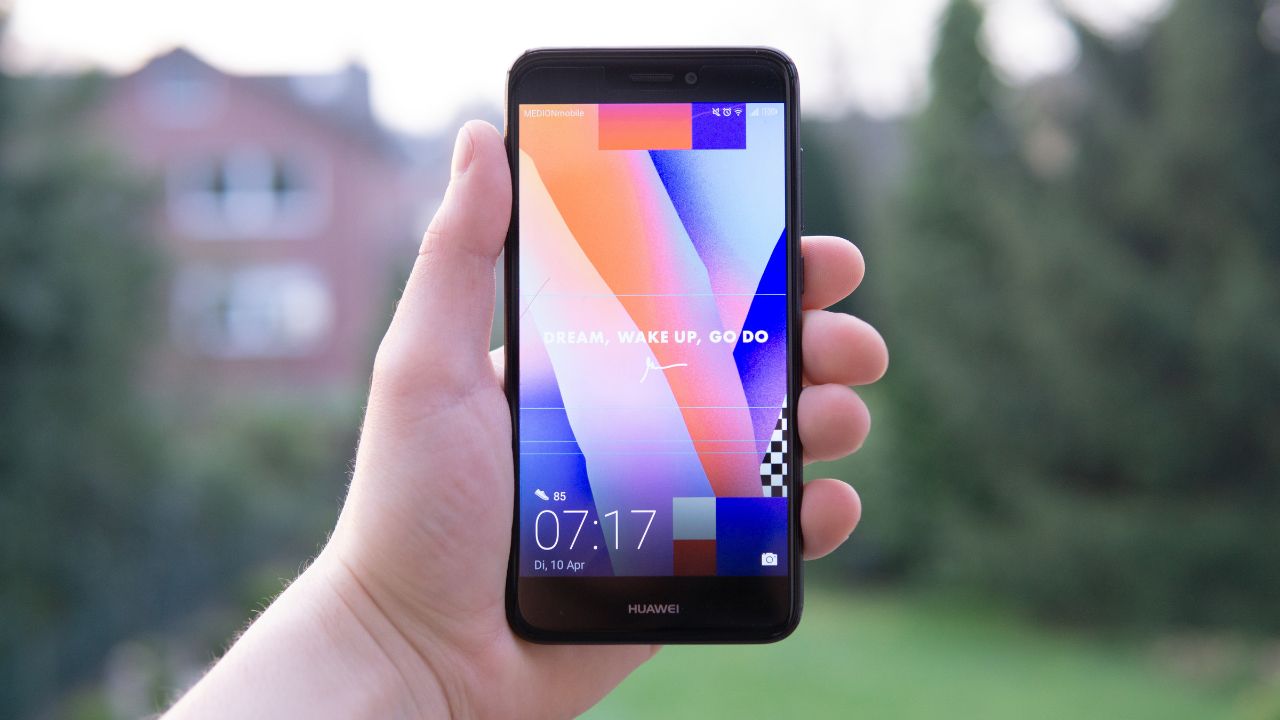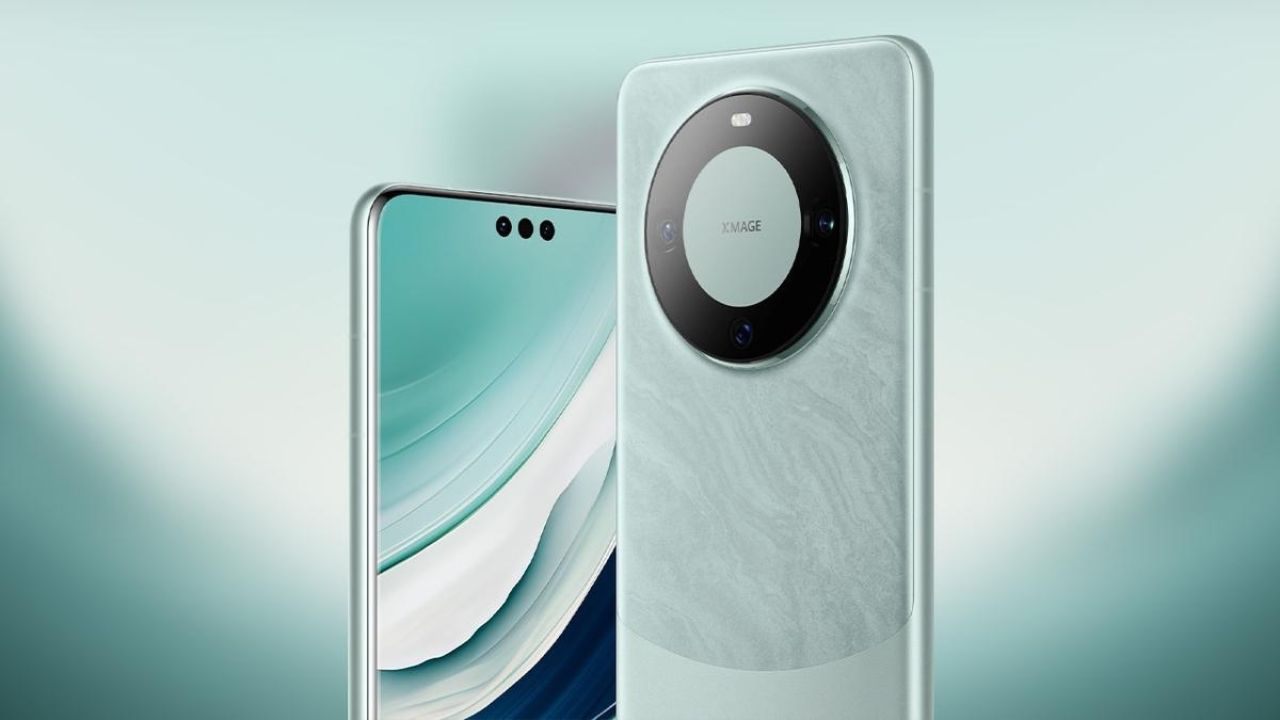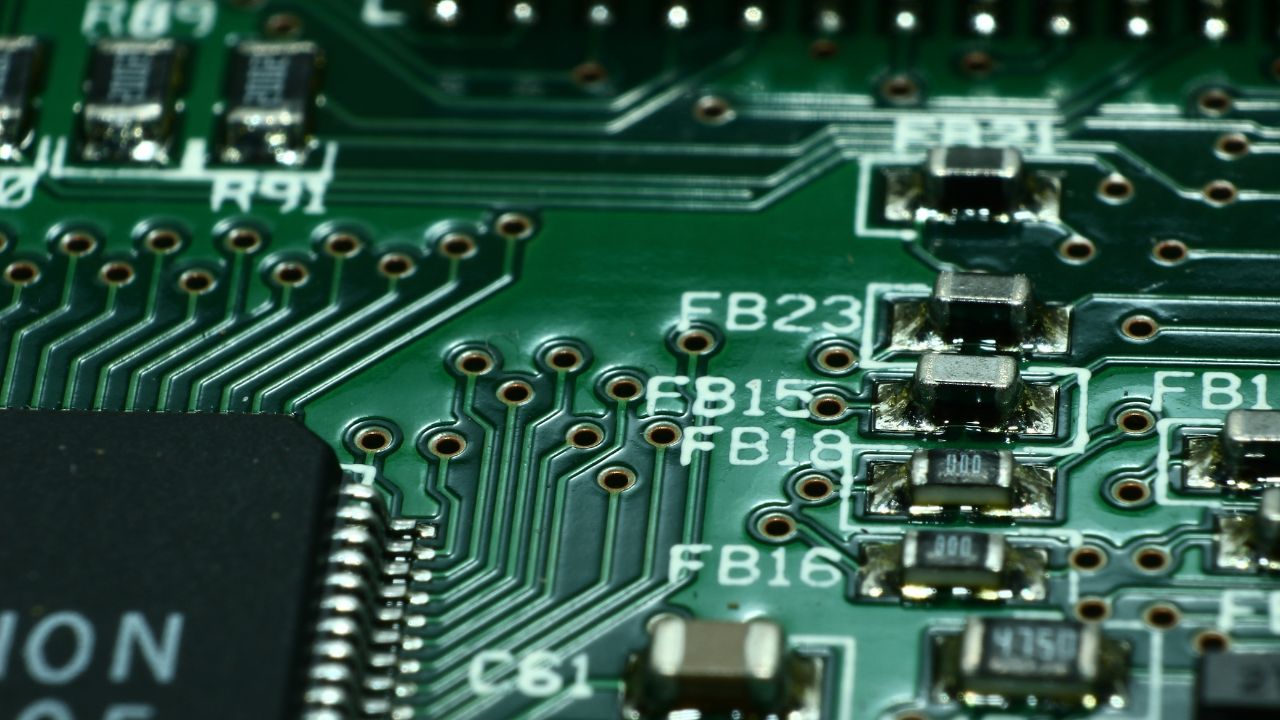Imagine you are a giant in the smartphone industry, with millions of loyal customers and cutting-edge technology. You are on the verge of becoming the world leader, surpassing rivals in innovation and quality. Then everything changes.
That’s what happened to Huawei in 2019, when the U.S. government decided to ban it from doing business with American companies, citing national security concerns. The ban was not only limited to U.S. firms. It also extended to foreign chipmakers that used U.S.-based tech.
This meant that Huawei could no longer access the vital components and software that powered its devices. The impact was devastating to Huawei’s Western world sales.
Its global market share plummeted, its revenue dropped, and its future became uncertain. Once poised to lead the global smartphone market, Huawei suddenly found its ambitions crushed.

Why the U.S. increased scrutiny on Huawei and SMIC
The reasons for these stringent measures are layered. For over a decade, there have been rumblings in international corridors about the potential threats Chinese tech giants pose.
The primary fear is espionage. The U.S. and allies like the UK, Canada, and Japan voiced concerns that companies like Huawei could become conduits, allowing the Chinese government a backdoor to spy on global consumers.
China’s largest contract chip maker and a key supplier of Huawei, SMIC (Semiconductor Manufacturing International Corporation), has also faced US sanctions since 2020.
The U.S. accuses SMIC of having ties to the Chinese military and violating the export restrictions on Huawei. As a result, SMIC has been cut off from accessing advanced chip-making equipment and technology from the U.S. and its allies.
Huawei’s Phoenix moment
Fast forward to the present day. Against a backdrop of stifling sanctions and naysayers, Huawei unveils the Mate 60 Pro, which as a smartphone technology is nothing short of remarkable and the biggest threat to Apple iPhone sales in China. At its heart, the 5G Kirin 9000s processor isn’t just a technological marvel but also a symbol of resilience and adaptability.

Credit: Huawei.com
MORE: CHINA HACKING GROUP CAUGHT SPYING ON AMERICAN ORGANIZATIONS
Is Huawei’s new chip a breakthrough for China or a mirage of independence?
Early indications suggest this impressive chip, a 7-nanometer piece of engineering, might be the brainchild of SMIC. This revelation isn’t without its share of intrigue, given SMIC’s prior run-ins with U.S. restrictions.
Beyond just Huawei’s tale of revival, there’s a larger narrative unfolding. China, recognizing the strategic importance of semiconductor technology, is pumping billions into fostering domestic chip-making talent.
The aim is crystal clear: transition from dependency on foreign tech to fostering indigenous innovation.

MORE: “VIRTUAL EMPLOYEES” ON THE RISE IN CHINA SHOULD WE BE WORRIED
How Huawei’s Mate 60 Pro chip challenges the west’s tech dominance
The Mate 60 Pro is powered by what’s called a 7-nanometer chip. Think of a nanometer as a tiny unit that measures the size of transistors on a chip. The smaller the number, the more advanced and densely packed the chip is. So, when Western devices use a 3-nanometer chip, they’re technically more advanced, packing more power and efficiency into a smaller space.
While the Mate 60 Pro’s chip might not match the advanced 3-nanometer versions, its existence is significant. It demonstrates Huawei’s ability to innovate and compete. It also reflects China’s broader goal to be a formidable player in the global tech industry.
MORE: CREEPY CHINESE DRONE SWIMS UNDERWATER AND FLIES THROUGH AIR
Kurt’s key takeaways
While the unfolding developments capture global attention, the U.S. remains steadfast with bipartisan support in its approach. National Security Adviser Jake Sullivan put it this way: the United States is about a “small yard, high fence” approach.
What does that mean? Well, it’s about zeroing in on the most crucial tech areas and putting up strong barriers, all in the name of national security. And Sullivan’s message is loud and clear: this approach should stay, no matter how things pan out with Huawei and SMIC.
As the tech world keeps buzzing with these new developments, it raises a rather personal question for all of us. Would you ever consider using a phone like the Mate 60 Pro, made in China? Does this affect or influence your choice or use of such a device? Let us know by commenting below.
FOR MORE OF MY TECH TIPS & SECURITY ALERTS, SUBSCRIBE TO MY FREE CYBERGUY REPORT NEWSLETTER HERE
Answers to the most asked CyberGuy questions:
- What is the best way to protect your Mac, Windows, iPhone, and Android devices from getting hacked?
- What is the best way to stay private, secure, and anonymous while browsing the web?
- How can I get rid of robocalls with apps and data removal services?



30 comments
Huawei’s Mate 60 Pro chip—ABSOLUTELY NOT!!!
I try to avoid buying anything with a tie to China. Unfortunately, I own an Apple iPhone. I wish they would try to make in the USA for the same price.